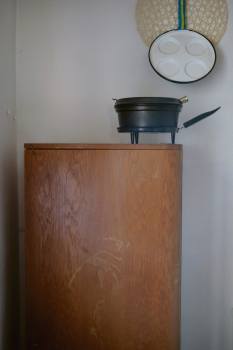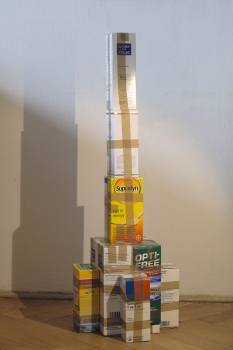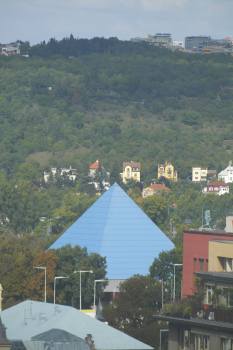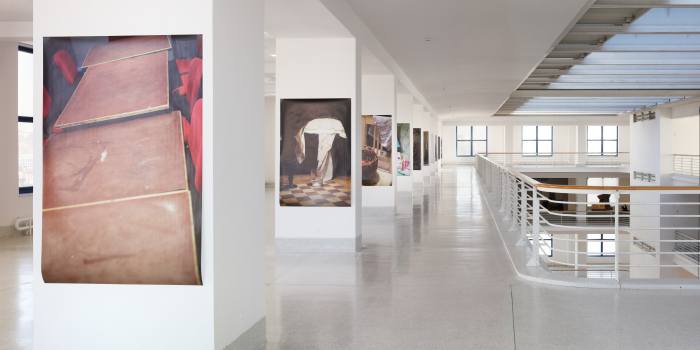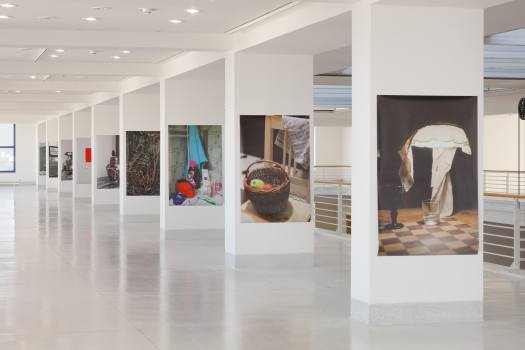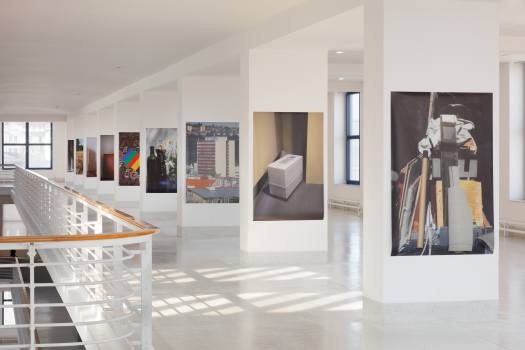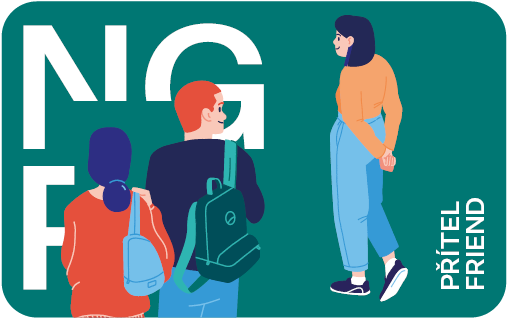The current
exhibition presents Markéta Othová’s photographic work through a new project
entitled Coming Soon, which is accompanied by a retrospective view
of her previous art from the 1990s onwards. With her intuitive approach to
photography, the artist challenges the properties of the medium and crosses the
boundaries of its technical canons, thus introducing sensitivity into it and
controlling it for her own distinctive way of expression. She relates to the
surrounding world through photography and finds minimalist lyricism in the
everyday.
Markéta Othová belongs to the generation of influential artists who established themselves on the art scene in the 1990s following the Velvet Revolution. From the very beginning, however, critics have encountered an artist who escapes any narrow classification. In her presentations, both in the Czech Republic and abroad, the artist differs from her peer photographers in many respects – not only because she exhibited black-and-white photos that appeared ordinary during a period of technical possibilities for colour and detail, but chiefly because she has always identified as a “non-photographer”. Thus, as an artist working with photography, she was viewed mainly through the lens of conceptual tendencies, yet again the emotional quality of her art strays away from this description.
Othová is inseparably linked with photography installations consisting of sensitively made sets of images specifically placed in situ, within a particular exhibition space, whereby the space and the photographs work together to form “a situation”, as she terms it. While in the 1990s and 2000s she used exclusively black-and-white photography and systematically adhered to a large format, during the past decade her grey scenes have transitioned at first into A4-format colour scans and later on to digital colour photography. Over the course of three decades, her work has also undergone a remarkable inner transformation. The installation of photographs taken from her personal archive initially reflected her exploration of herself, her immediate surroundings, and the objects in them. Subsequently, the artist expanded her scope and began to focus her observations, in a near-voyeuristic manner, on other people in time-sequenced shots. Other experiments followed on through which she moved further away from her established principles regarding format and (non-)colourfulness. Photography was always an inseparable part of the artist’s life; during the past few years, however, life itself has begun to dominate over the possibilities of photography, and the fragile remnants of ordinary days are all that is left.
Markéta Othová belongs to the generation of influential artists who established themselves on the art scene in the 1990s following the Velvet Revolution. From the very beginning, however, critics have encountered an artist who escapes any narrow classification. In her presentations, both in the Czech Republic and abroad, the artist differs from her peer photographers in many respects – not only because she exhibited black-and-white photos that appeared ordinary during a period of technical possibilities for colour and detail, but chiefly because she has always identified as a “non-photographer”. Thus, as an artist working with photography, she was viewed mainly through the lens of conceptual tendencies, yet again the emotional quality of her art strays away from this description.
Othová is inseparably linked with photography installations consisting of sensitively made sets of images specifically placed in situ, within a particular exhibition space, whereby the space and the photographs work together to form “a situation”, as she terms it. While in the 1990s and 2000s she used exclusively black-and-white photography and systematically adhered to a large format, during the past decade her grey scenes have transitioned at first into A4-format colour scans and later on to digital colour photography. Over the course of three decades, her work has also undergone a remarkable inner transformation. The installation of photographs taken from her personal archive initially reflected her exploration of herself, her immediate surroundings, and the objects in them. Subsequently, the artist expanded her scope and began to focus her observations, in a near-voyeuristic manner, on other people in time-sequenced shots. Other experiments followed on through which she moved further away from her established principles regarding format and (non-)colourfulness. Photography was always an inseparable part of the artist’s life; during the past few years, however, life itself has begun to dominate over the possibilities of photography, and the fragile remnants of ordinary days are all that is left.
1—1 / 7




